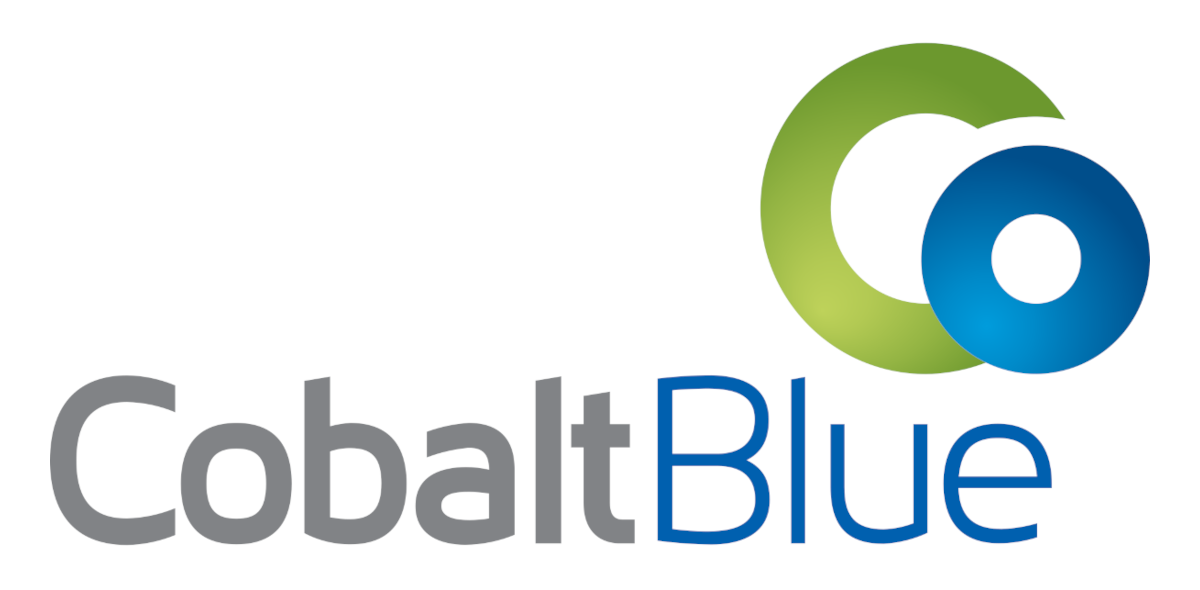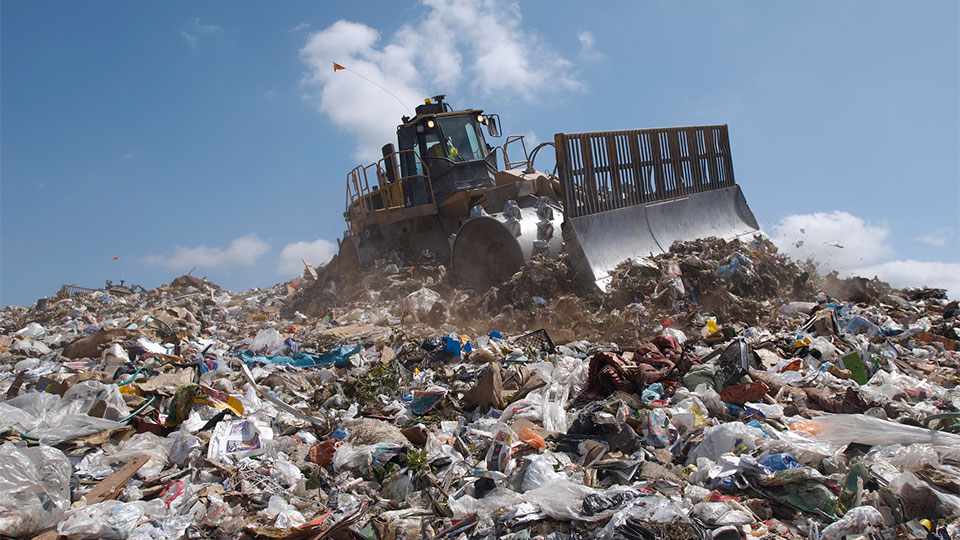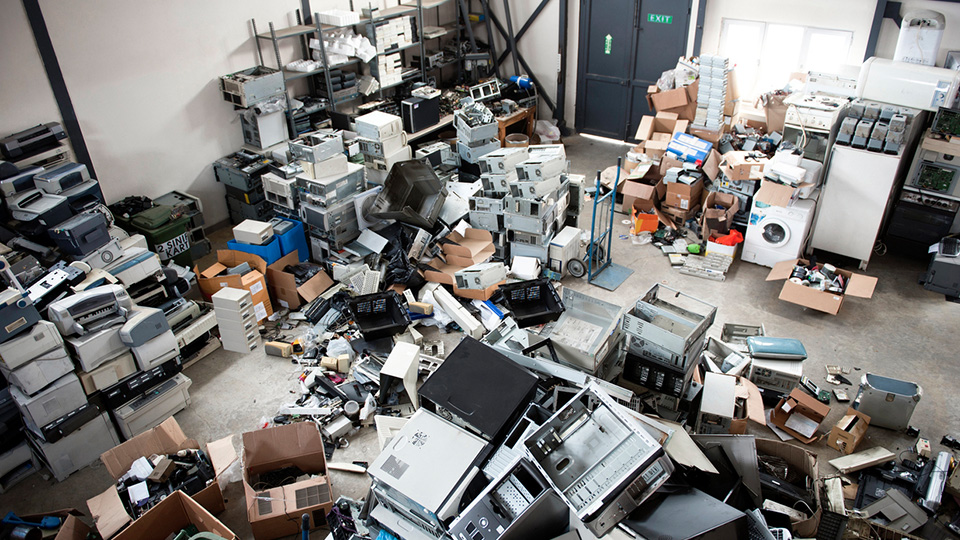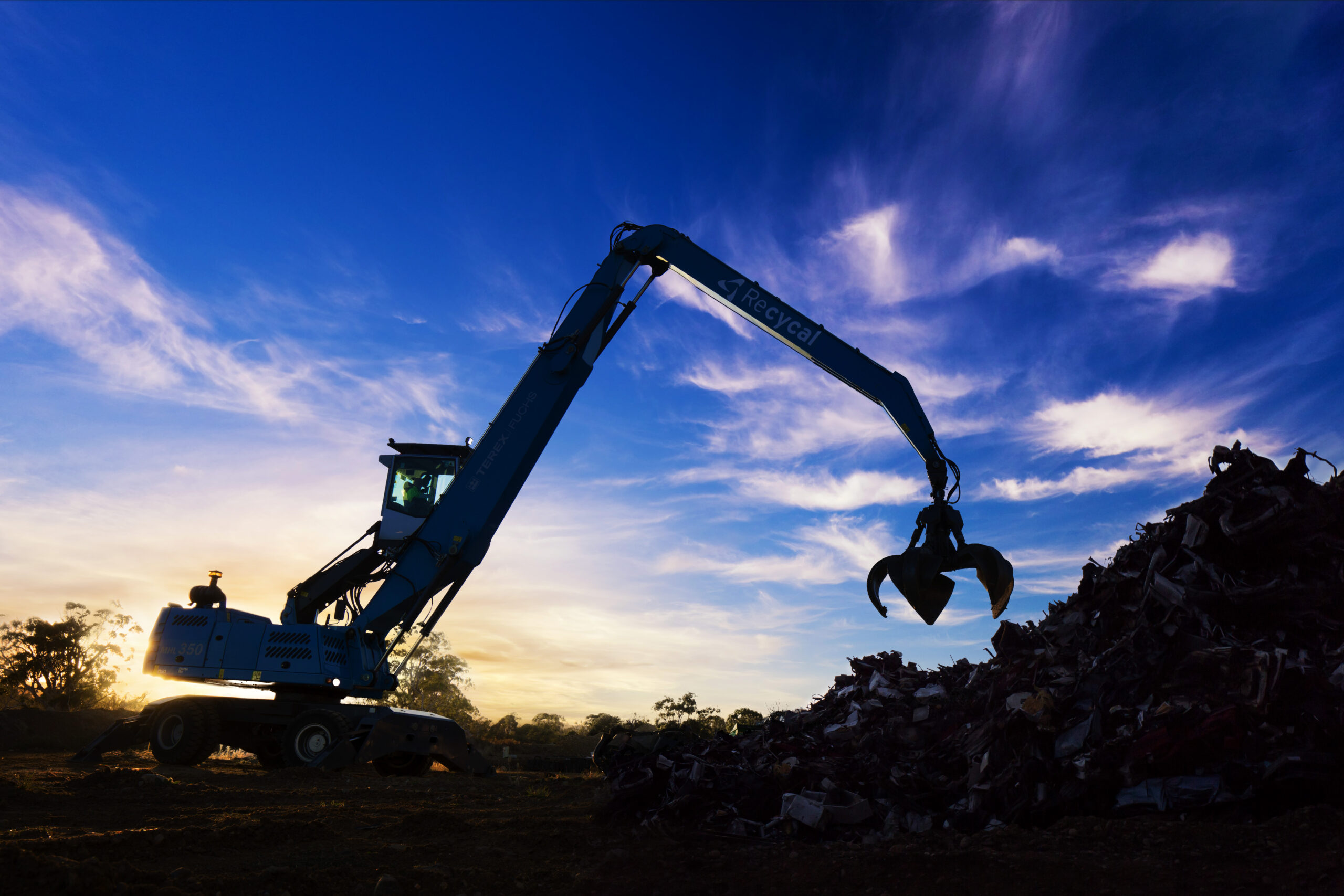Q. How many handheld batteries do Australians buy each year
A. Over 400 million!
Q. What happens to them when they no longer work?
A. Most get dumped in landfill. Australia’s overall hand held battery recycling rate is less than 3%. For our most commonly used batteries, the recycling rate is around 2%.
Q. What types of batteries are most commonly recycled?
A. By number and by battery size, AA batteries the most commonly recycled battery. Next come AAA batteries then button cells (various sizes). C, D and 9 volt batteries make up only a small fraction of the recycling stream.
When looking at chemistry, single use alkaline and zinc carbon batteries make up around 57% of batteries recovered from the waste stream, even though they have a lower recycling rate than rechargeable batteries.
Lithium batteries account for 21% of recycled batteries by number followed by nickel cadmium, nickel metal hydride and small lead acid batteries.
How can we do better?
Given that the vast majority of batteries are single use, one obvious way to reduce the mountain of waste they create – over 14,000 tonnes comprising hundreds of millions of batteries a year – is to switch wherever possible to rechargeable batteries. These can be recharged hundreds of times, so widespread adoption could reduce battery waste by more than 99%! Beyond that, recycling batteries is the obvious way to reduce waste.
Why do we have such a low rate of battery recycling? It’s probably due to a combination of laziness and a lack of awareness. This is a real pity because it’s incredibly easy to recycle batteries. You can even set up your own battery recycling program in your school or workplace, and with very little effort we could massively boost the rate at which we recycle batteries.
Toxic NiCads And Lead Acid
Two types of battery are of particular concern: nickel cadmium and small lead acid batteries. While they are being phased out as lithium and nickel metal hydride batteries take over the rechargeable market, 630 tonnes of nickel cadmium batteries and 2,570 tonnes of lead acid batteries go into landfill each year.
With both cadmium and lead being highly toxic, much greater effort is needed to ensure these batteries are safely recycled. In this respect, the car battery market shows the way. Lead acid car batteries enjoy a very high recycling rate.
Get In The Habit
If you are just dealing with batteries at home, grab an empty ice cream tub and write “My Battery Recycling Bin” on the side. Every time you have a battery to dispose of, drop it in the tub. When you have accumulated a few, take them to one of the many battery recycling collection points.
If you would like to get more people recycling batteries in your workplace, give us a call on 1300 32 62 92 or fill out the form to find out more about our simple battery recycling options.
Source: Study into market share and stocks and flows of handheld batteries in Australia (2014). Available for download at http://www.batteryrecycling.org.au/resources/abri-publications





